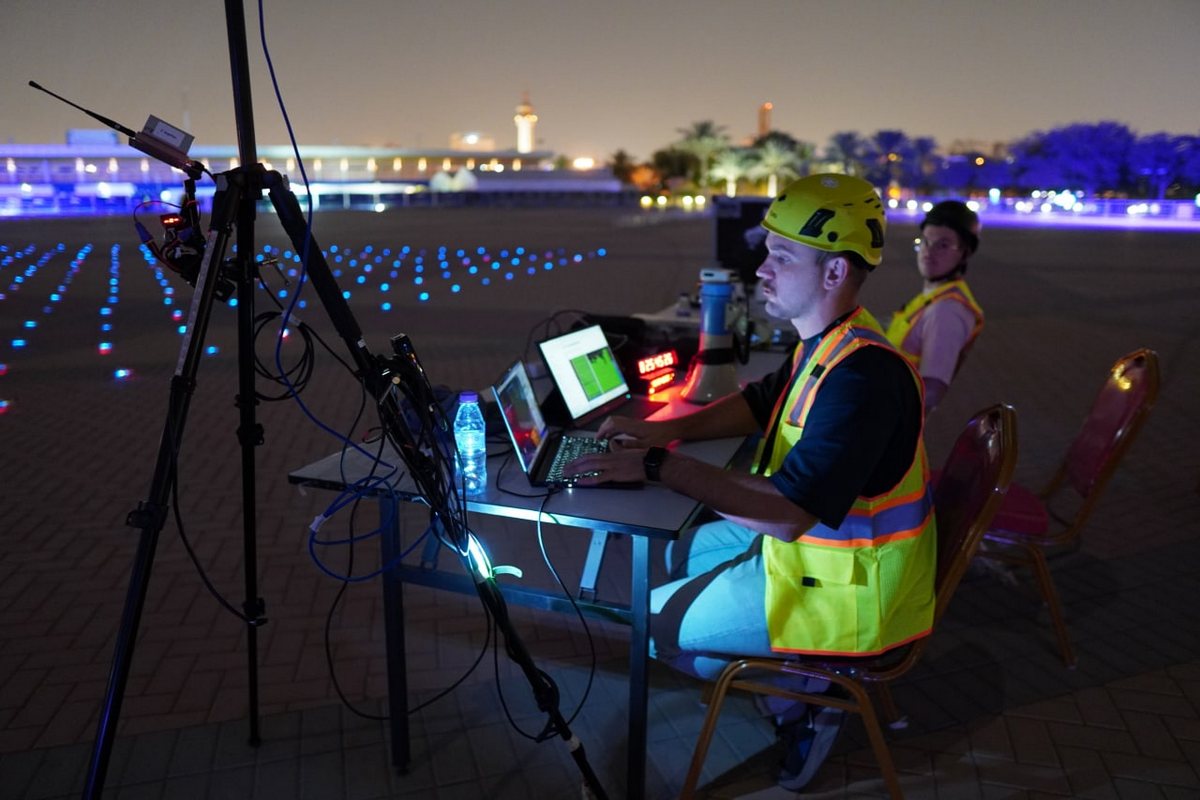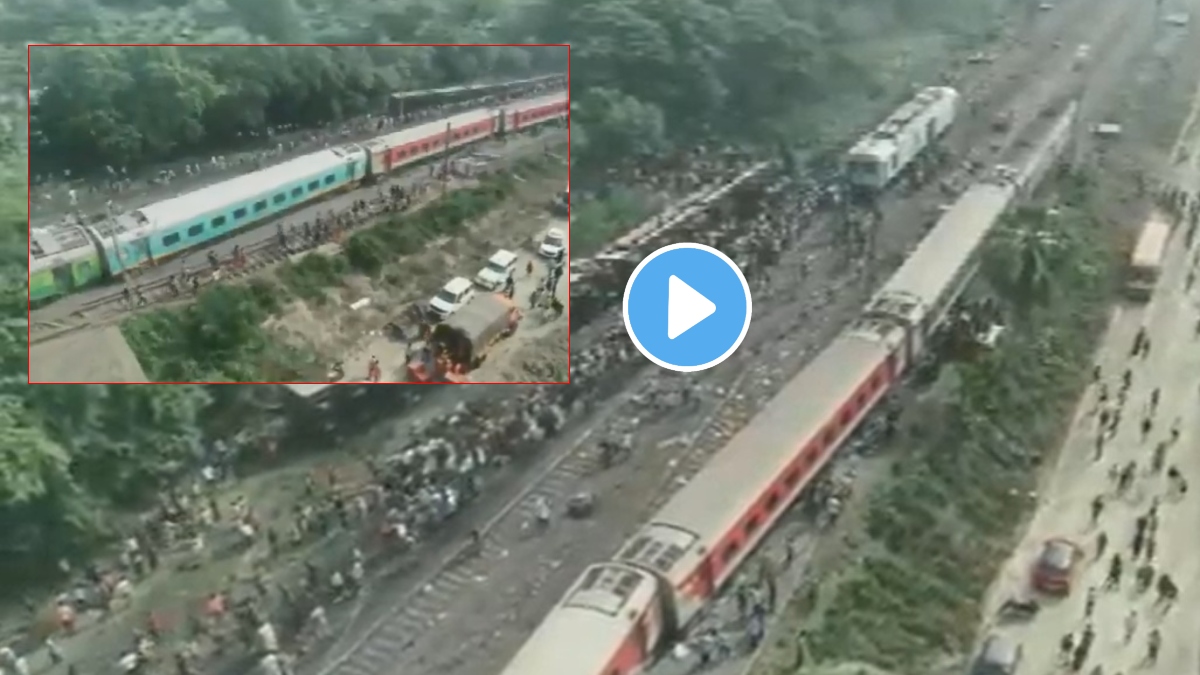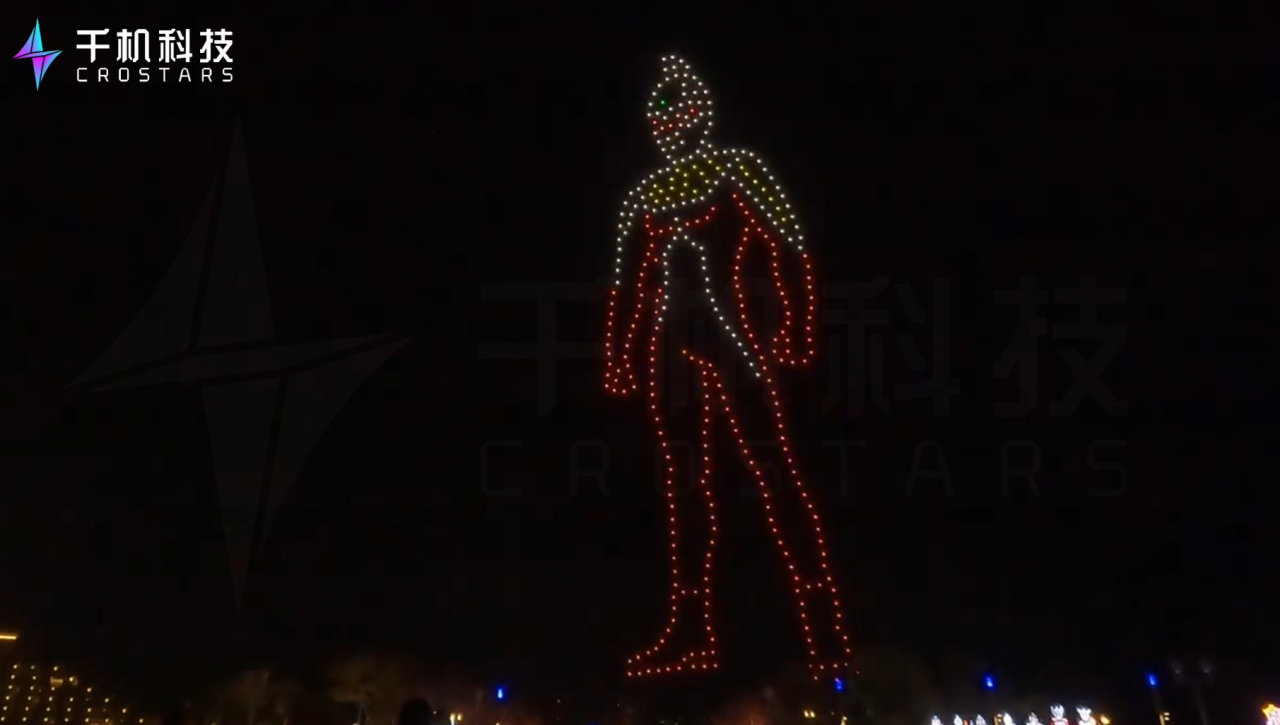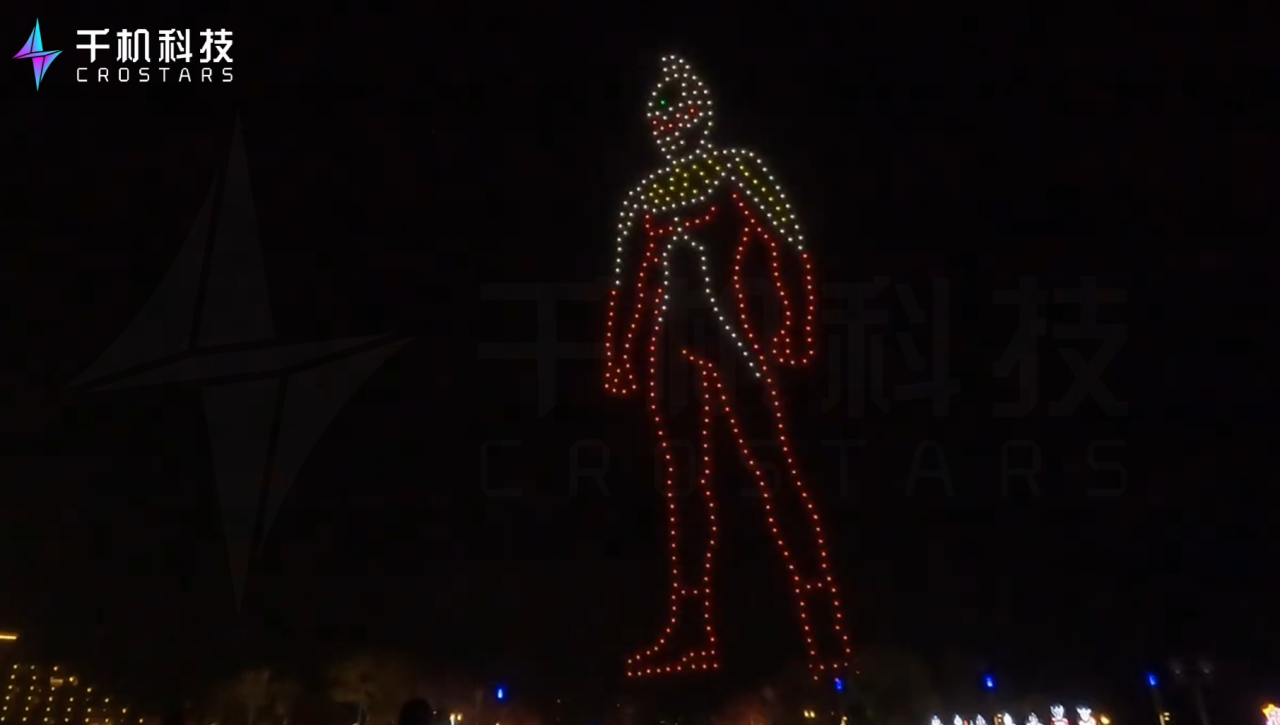Drone show accidents: They’re a dramatic reminder that even the most dazzling displays of technology can go wrong. From minor malfunctions to catastrophic failures, these incidents highlight the critical need for stringent safety protocols and technological advancements. This guide explores the various causes, consequences, and preventative measures surrounding drone show accidents, aiming to provide a clearer understanding of the risks involved and how to mitigate them.
We’ll delve into the different types of accidents, ranging from simple glitches to devastating crashes, examining the role of human error, technological failures, and environmental factors. We’ll also explore existing safety regulations and best practices, offering insights into pilot training, pre-flight checks, and post-accident investigations. The goal? To ensure future drone shows are both spectacular and safe.
Drone Show Accidents: A Comprehensive Overview

Drone shows, while spectacular, carry inherent risks. Understanding these risks and implementing robust safety measures is crucial for ensuring successful and safe events. This article explores various aspects of drone show accidents, from their causes and consequences to preventative measures and post-accident procedures.
Types of Drone Show Accidents
Drone show accidents can range from minor malfunctions to catastrophic events with fatalities. Common causes include GPS signal loss, battery failures, software glitches, pilot error, and adverse weather conditions. Accidents can be categorized based on severity: minor malfunctions (e.g., a single drone losing control), significant damage (multiple drones crashing, property damage), injuries (drone striking a spectator), and fatalities (drone striking a person resulting in death).
| Accident Type | Cause | Severity | Impact |
|---|---|---|---|
| Collision of multiple drones | Software glitch causing simultaneous loss of control | Significant damage | Multiple drones destroyed; potential for audience injury |
| Single drone crash | Battery failure mid-flight | Minor malfunction | One drone lost; minimal disruption to the show |
| Drone striking a spectator | Pilot error; inadequate safety zone | Injuries | Spectator injury requiring medical attention |
| Widespread system failure | GPS spoofing attack | Significant damage; potential fatalities | Complete show failure; potential for multiple drone crashes and injuries |
Safety Regulations and Protocols

Numerous countries and regions have established regulations governing drone operation, particularly for large-scale events like drone shows. These regulations often cover aspects like pilot licensing, airspace restrictions, flight planning, and emergency procedures. For example, the FAA in the US has stringent rules for commercial drone operation, while EASA in Europe has its own comprehensive regulatory framework. Pilot training and certification are vital; experienced pilots are better equipped to handle malfunctions and emergencies.
A pre-flight checklist should be mandatory before every drone show. This checklist should include:
- Thorough drone inspection (battery levels, GPS signal strength, motor function)
- Verification of flight plan and airspace authorization
- Confirmation of communication systems and backup plans
- Assessment of weather conditions and environmental obstacles
- Emergency response plan review
- Safety briefing for all personnel
Technological Failures and Their Impact
Technological failures are a significant contributor to drone show accidents. GPS signal loss can lead to drones drifting off course, while battery malfunctions can cause sudden power loss and crashes. Software glitches can result in erratic drone behavior and collisions. These failures can cause minor disruptions, significant damage, or even fatalities.
Technological solutions to mitigate these risks include:
- Redundant systems (backup GPS, power sources)
- Improved software design and rigorous testing
- Advanced obstacle avoidance technology
- Real-time monitoring and control systems
A flowchart for responding to technological failures would involve:
- Detect malfunction
- Assess severity
- Initiate emergency procedures (e.g., initiate failsafe mode, land drones safely)
- Inform relevant authorities
- Conduct post-accident investigation
Human Error and Negligence, Drone show accident
Human error plays a significant role in drone show accidents. Inadequate planning, poor communication, and pilot mistakes can all lead to incidents. For example, a pilot might fail to properly account for wind conditions, leading to a drone drifting out of control.
Drone shows are amazing, but things can go wrong. Safety protocols are super important, as a quick look at this article about a recent drone show accident will show you. Understanding the risks involved, from malfunctioning equipment to unexpected weather, is key to preventing future drone show accidents and ensuring everyone enjoys the spectacle safely.
Best practices for effective communication and coordination include:
- Clear roles and responsibilities
- Established communication channels
- Regular briefings and debriefings
- Use of standardized procedures
- Designated emergency contact person
Environmental Factors
Weather conditions significantly impact drone show safety. Strong winds, rain, and fog can disrupt drone flight and cause crashes. Environmental obstacles like buildings, trees, and power lines also pose risks.
| Factor | Likelihood | Impact | Mitigation Strategy |
|---|---|---|---|
| High winds | High (depending on location) | Significant (potential for crashes) | Postpone show; use wind sensors and adjust flight plan |
| Rain | Medium | Medium (potential for short circuits) | Use weatherproof drones; postpone show if heavy rain |
| Fog | Low | High (loss of visibility) | Use sensors to detect fog; postpone show if visibility is severely reduced |
Post-Accident Investigation and Response
Following a drone show accident, a thorough investigation is crucial. This involves collecting data from flight logs, drone sensors, and witness accounts. The investigation should aim to identify the root cause of the accident to prevent future incidents. Detailed accident reports are essential for learning from mistakes.
Drone show accidents, sadly, aren’t uncommon. Sometimes, things go wrong, and you end up with a spectacular, but disastrous, drone show crash. Check out this article about one such incident: drone show crash for a closer look at what can happen. Understanding these failures helps us improve safety protocols for future drone shows and minimize the risk of future accidents.
A sample accident report might include:
- Date, time, and location of the accident
- Description of the accident
- Drone model and serial number
- Weather conditions
- Pilot information
- Witness statements
- Analysis of flight data
- Recommendations for preventing future accidents
Closure: Drone Show Accident

Ultimately, preventing drone show accidents requires a multi-faceted approach. It’s not just about advanced technology; it’s about responsible planning, rigorous training, and a deep understanding of the potential risks involved. By combining robust safety protocols, proactive risk assessment, and continuous technological improvement, we can minimize the likelihood of accidents and ensure the continued enjoyment of these breathtaking displays. Let’s work together to keep the skies safe and the shows spectacular.
Key Questions Answered
What is the most common cause of drone show accidents?
While many factors contribute, human error (pilot mistakes, poor planning) and technological failures (GPS issues, battery problems) are frequently cited as leading causes.
Drone show accidents, unfortunately, happen. Sometimes, these mishaps involve a spectacular failure, like a complete drone show crash. Check out this article for details on one such incident: drone show crash. Learning from these events helps improve safety protocols and prevents future drone show accidents, ensuring better and safer displays.
What kind of insurance is needed for drone shows?
Comprehensive liability insurance is crucial to cover potential damages or injuries resulting from accidents. The specific requirements vary by location and the scale of the show.
Are there international standards for drone show safety?
While not fully standardized internationally, many countries are developing their own regulations, often based on guidelines from organizations like the FAA (in the US) and EASA (in Europe).
What happens after a drone show accident?
A thorough investigation is conducted to determine the cause, often involving data analysis and witness statements. Accident reports are filed, and safety protocols may be revised based on the findings.
